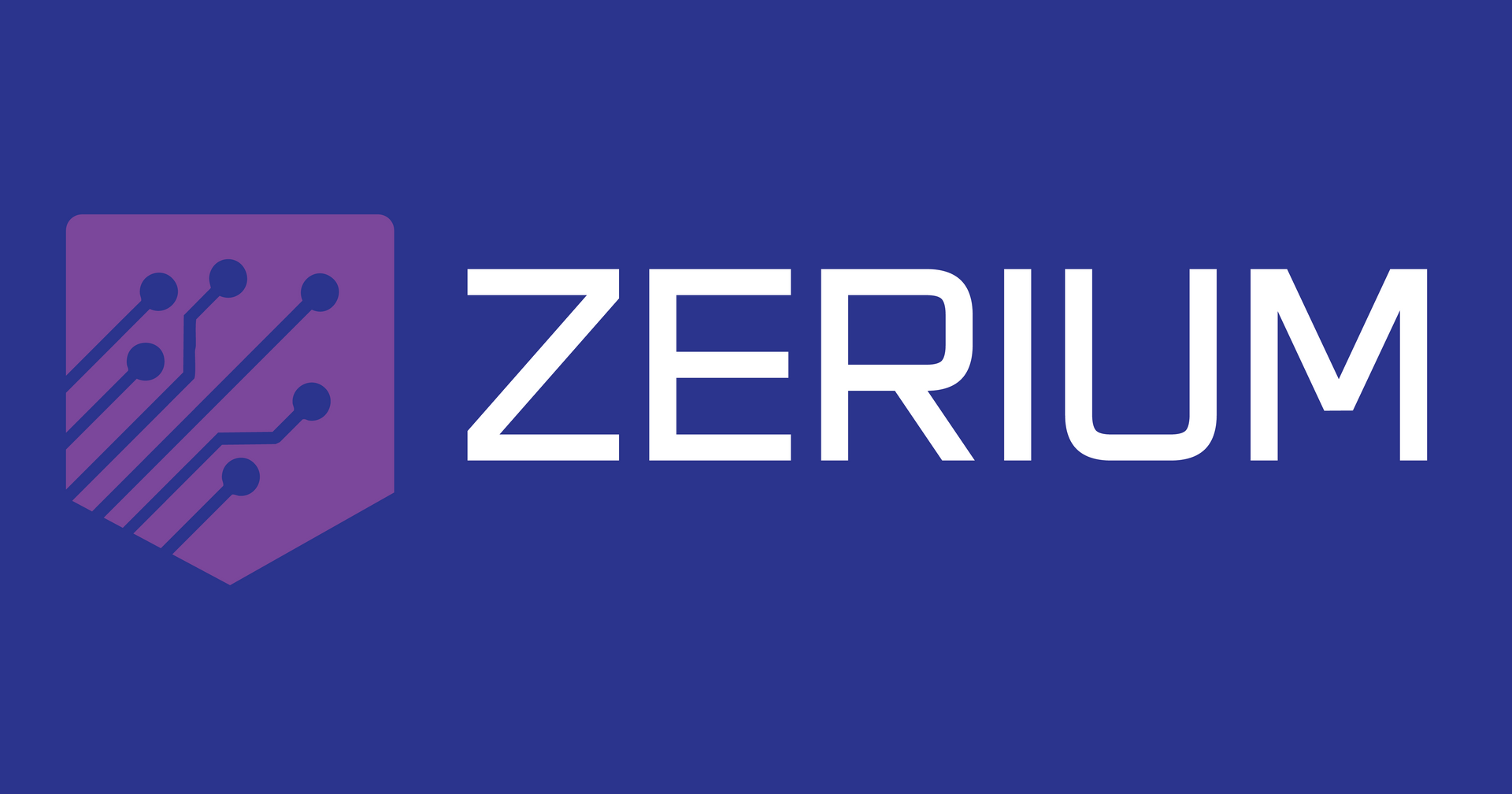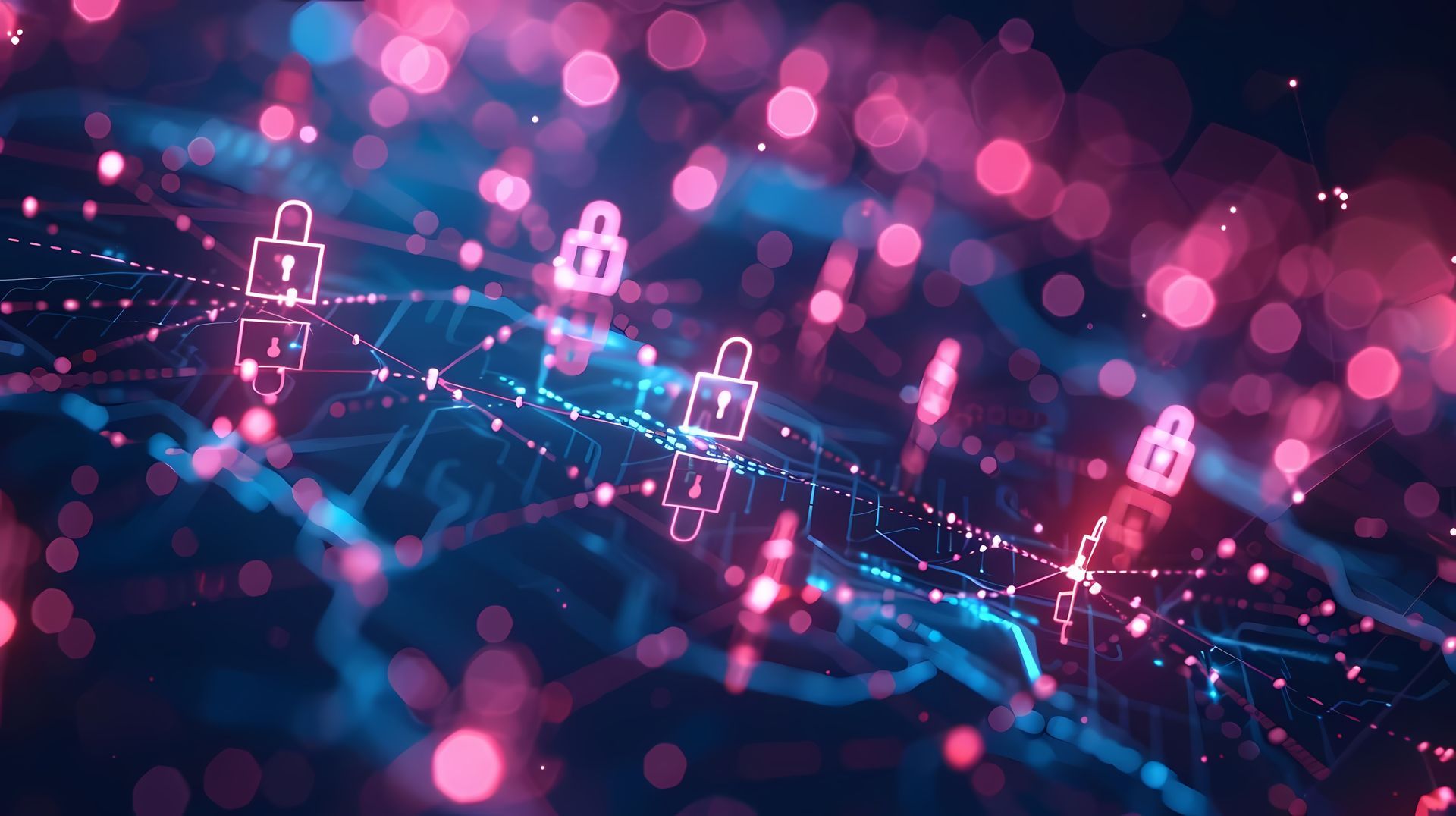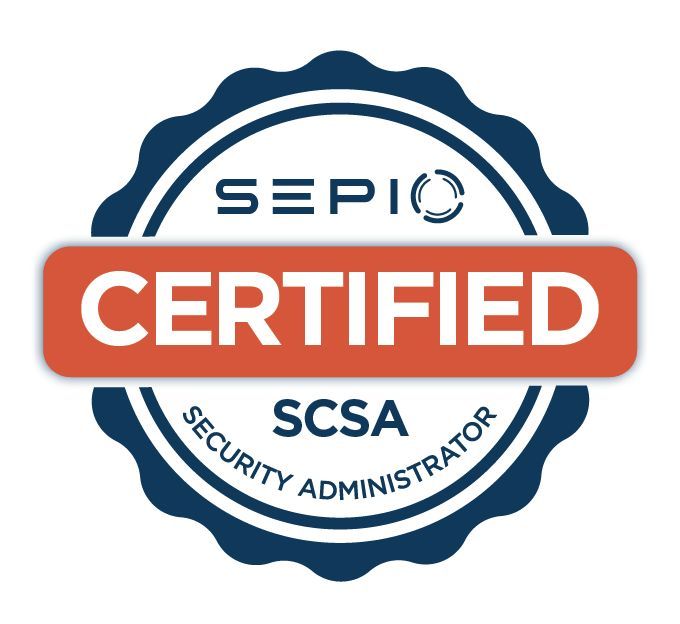The Evolving Threat Landscape for Government Agencies Government departments and security agencies face some of the most advanced and persistent cyber threats in the world. Nation-state actors, insider threats, and sophisticated supply chain attacks all converge on one goal: to compromise systems that manage state secrets, national infrastructure, public services, and defence operations.
While much effort has gone into strengthening software-based defences—through firewalls, encryption, access controls, and endpoint detection—an increasingly critical vulnerability remains: physical device access.
Spoofed peripherals, compromised USB devices, unverified contractor laptops, and covert implants delivered through supply chains are all capable of bypassing even the most robust digital defences. In high-security environments, hardware trust must be proven—not assumed.
A Blind Spot in High-Security Environments
Government agencies often operate within segmented, tightly controlled networks. But even in air-gapped or classified environments, physical access—however minimal—is still required. Technicians maintain equipment, staff transfer data via portable media, and new hardware is frequently introduced as part of upgrades or emergency response protocols.
Each of these interactions carries a risk. A keyboard that isn’t really a keyboard. A USB drive that silently executes malicious code. A supply chain device that appears clean on the surface but has been tampered with before arrival.
Traditional cybersecurity tools—focused on what happens at the software or network level—cannot detect these threats. They rely on indicators that can be spoofed or manipulated, and they don’t inspect the device’s true identity at its physical core.
Sepio: Enforcing Trust at the Physical Layer
Sepio’s Asset Risk Management (ARM) platform provides the missing layer of defence: physical-layer visibility and control. It works by analysing the electrical characteristics of connected hardware to generate a unique identifier for each device—what Sepio calls Asset DNA.
Rather than taking a device’s word for what it is, Sepio sees its true nature. This means that even if a rogue device mimics the identity of an authorised peripheral, it can still be recognised and flagged immediately.
Sepio operates passively, without software agents or network traffic inspection. This is critical in environments where mission continuity, system stability, and discretion are essential. Once deployed, Sepio monitors every connection—providing real-time alerts, logging, and policy enforcement across even the most secure and isolated systems.
Preventing Insider Threats and Supply Chain Compromise
In the context of national security, the insider threat remains one of the most difficult risks to manage. Whether intentional or accidental, staff, contractors, and vendors often have access to physical systems. Even brief access—during hardware servicing or field support—can open the door to permanent backdoors or data exfiltration points.
Sepio addresses this risk by ensuring that only pre-approved, verified devices can interface with critical systems. Any deviation from the known asset baseline triggers immediate alerts. This allows agencies to enforce true zero trust at the hardware level—no device is trusted unless it has been physically validated.
In parallel, Sepio offers strong protection against supply chain attacks. Devices that have been altered in transit or swapped with malicious counterparts will appear as unknown or anomalous, allowing teams to stop them before they are integrated into secure environments.
Alignment with National Cybersecurity Frameworks
Government agencies in the UK and globally are increasingly held to stringent cybersecurity standards—such as the NCSC Cyber Assessment Framework, NIST SP 800-53, and CISA’s Binding Operational Directive (BOD) 23-01.
These frameworks place emphasis on visibility, access control, and asset verification—areas where Sepio provides unique advantages. With comprehensive logs, audit-ready reporting, and integration with security orchestration tools, Sepio helps agencies not only meet compliance expectations, but demonstrate genuine operational resilience.
Operational Efficiency Without Compromise
Sepio’s architecture is designed with government use in mind. It does not introduce latency, alter system performance, or require modification of existing infrastructure. It integrates with existing SIEM, SOAR, and identity systems, adding value across the broader cybersecurity ecosystem without disrupting workflows.
And because Sepio is vendor-agnostic and works across IT, OT, and IoT, it offers consistent protection across datacentres, field units, mobile command posts, and classified environments.
Trust at the Port Level Is No Longer Optional
In high-stakes government settings, assumptions are liabilities. Sepio replaces assumptions with facts—delivering true visibility and control over every device that connects to your systems.
By adding a layer of hardware-layer trust, Sepio empowers national security and defence agencies to defend against insider threats, intercept supply chain compromise, and maintain operational readiness in the face of modern adversaries.
To explore how Sepio can be implemented in your agency or secure environment, contact info@zerium.co.uk or call +44 (0)20 8191 2191 for a confidential discussion or demonstration.






















